Too much success can stunt the mind. That can apply to the collective mind of a company, just as easily as to a music artist struggling with that difficult second album. Back in the late 1960s, Volkswagen was having exactly this kind of problem with the Beetle.
Not that this famous car was anywhere near reaching its peak of popularity in 1967, when a 30 percent sales slump in its native Germany prompted VW management to take the challenge of replacing it a whole lot more seriously.
It hadn’t been ignoring the task entirely, however. During that same year, Volkswagen revealed a whole heap of prototypes to a press that was becoming increasingly critical at the absence of a Beetle replacement. In fact, the company had developed no less than 70 potential successors since 1952, but none had made production – and all shared the same basic rear-engine layout.
Some had been under development for as much as five years before being abandoned, while others were simply styling mock-ups. And what they all pointed to, apart from the waste of millions of Deutschmarks of R&D money, was the lack of a solid idea for replacing a car that, by 1967, had been in quantity production for 22 years, having started its life before World War Two.
Strength through joy
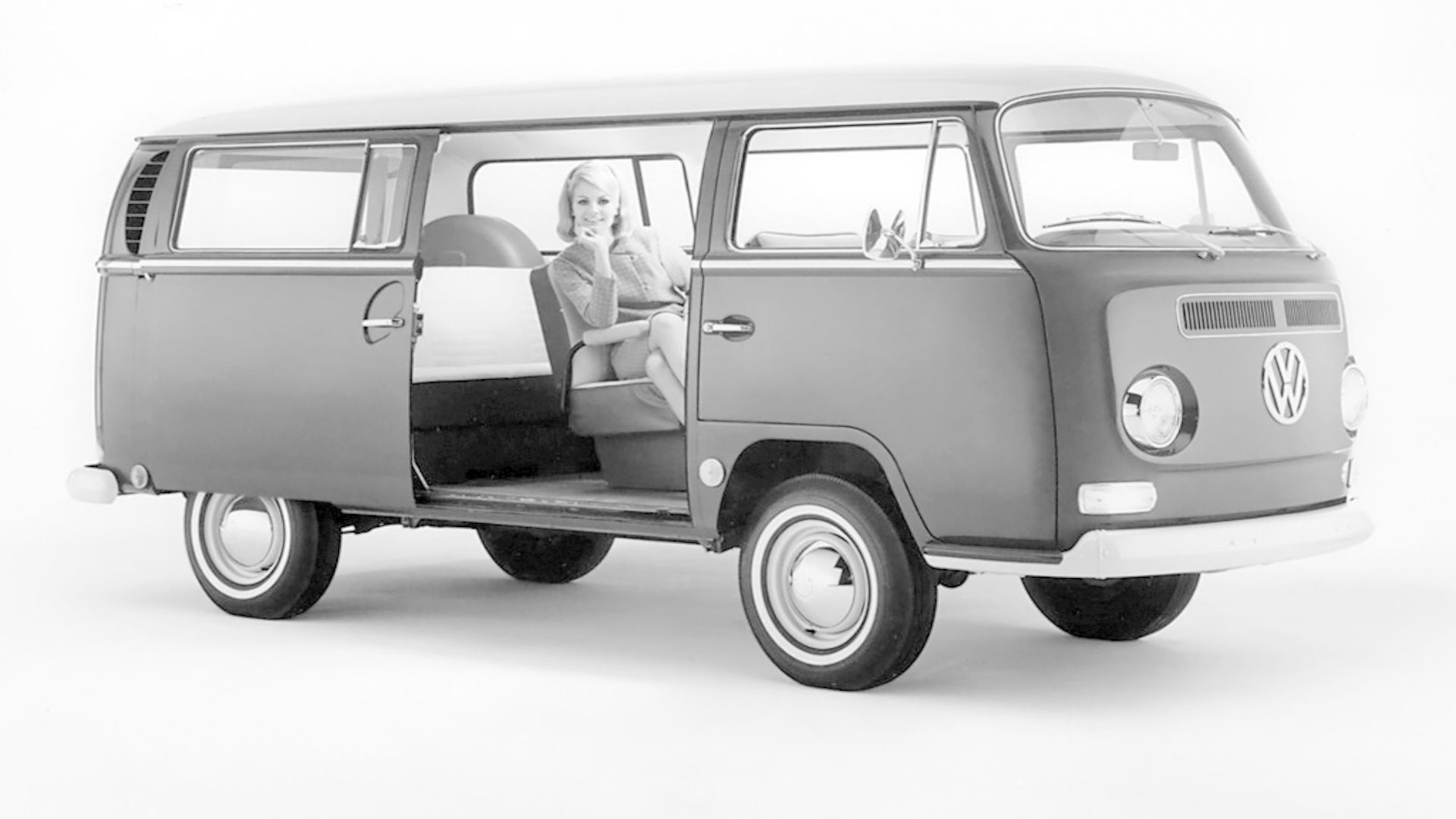
The ‘Strength-through-Joy’ KdF-wagen was commissioned by one Adolf Hitler from Ferdinand Porsche, the Führer keen for it to become an affordable car for the people. And it became just that, although not entirely in the way Hitler had envisaged.
A few were produced before and during the conflict, then the war-damaged Wolfsburg plant was restarted in 1945 by British Army officer and engineer Major Ivan Hirst. In 1948, he handed over the running of the factory to Heinz Nordhoff, an inspirational ex-Opel manager who expanded production and successfully established excellent sales and service networks for Volkswagen overseas, most notably the in US. For well over a decade, the Beetle became part of the fabric of North American life.
In fact, it was not the only car that Wolfsburg was making. The Volkswagen Type 1, as the Beetle was officially known, was joined by Volkswagen Type 2 (pictured above) in 1949: the almost equally famous Transporter van and its Kombi brother.
Then in 1961 came the Volkswagen 1500 saloon. It was still rear-engined and air-cooled, like a Beetle, still a two-door and still largely uninterested in ploughing a straight line on a breezy day. Despite this, the 1500 did well, the Fastback and Variant estate versions helped it to more than three million sales between 1961-73.
The Beetle replacement, take one…
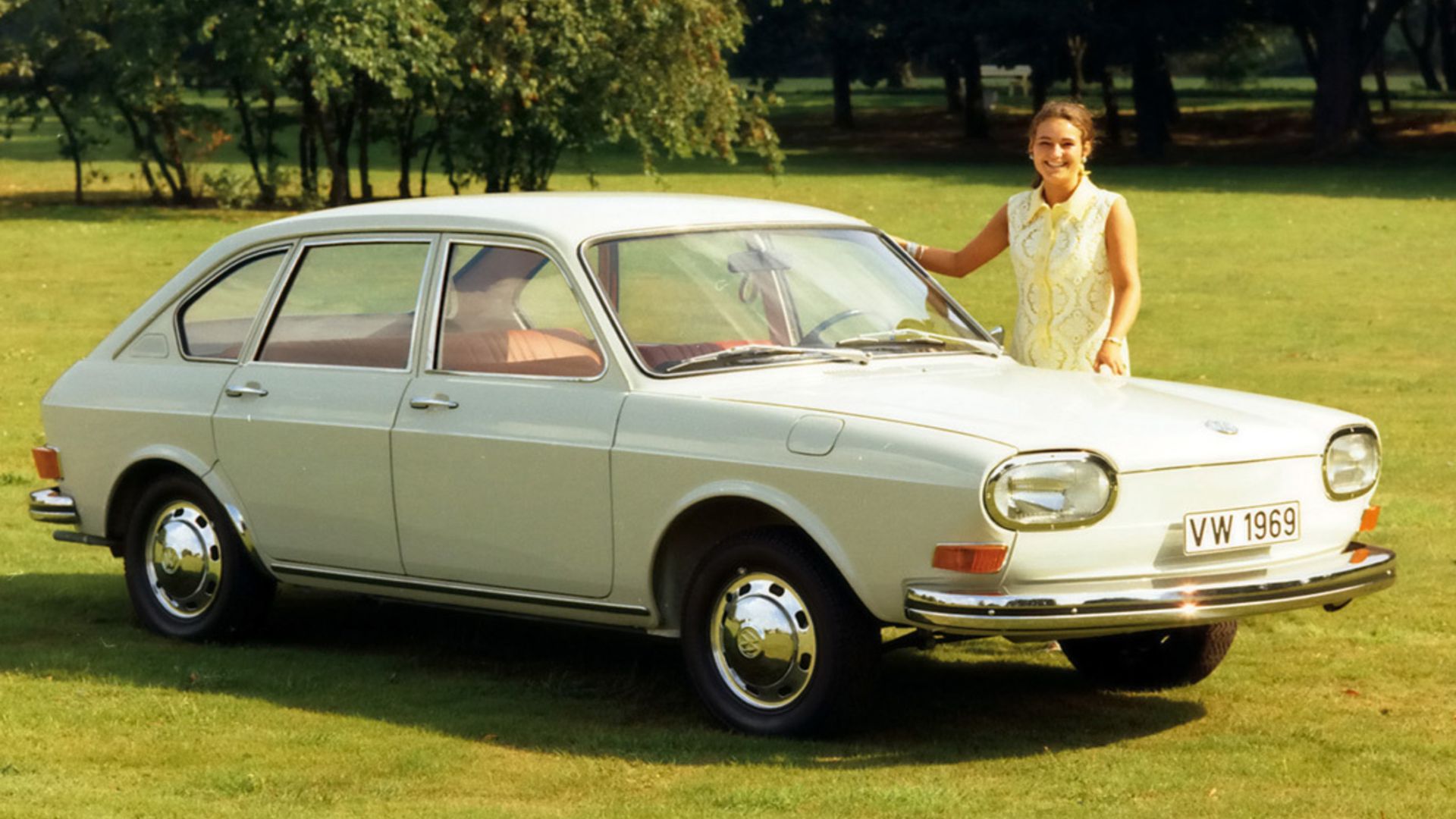
The 1500 wasn’t a replacement for the Beetle, though. Another prototype came close to doing the job in 1960, when project EA97 reached the point where the production machinery to build it was being installed, and the first 100 pilot-build cars had been assembled.
A rear-engined two-door saloon, it was powered by an 1,100cc engine and would have competed with the Hillman Imp, Renault 8, Simca 1000, NSU Prinz and Fiat 850, several of them big-sellers.
However, as Russell Hayes’ excellent book The Volkswagen Golf Story explains, EA97 was reckoned to be too close to the 1500 saloon – they looked pretty similar, besides – and now that VW had bought the Auto Union company, acquiring the Audi 60 saloon in the process, it suddenly had another in-house competitor.
So EA97 was cancelled at the last minute, losing VW yet more millions. Still, it was making so much money from the Beetle that this mattered a lot less than it might have done.
Its next attempt came in the gruesome shape of the 1968 Volkswagen 411 (above), another air-cooled and rear-engined car, this time with four doors. Its styling was as tortured as the VW management’s efforts to solve their new Beetle problem. The ugly beast lived for four short years and sold only 266,000 examples in the process.
By now, mild desperation was setting in, Nordhoff’s replacement Kurt Lotz arriving to a largely empty new model cupboard, 411 apart. He was eager for a quick-fix solution.
Making slow progress
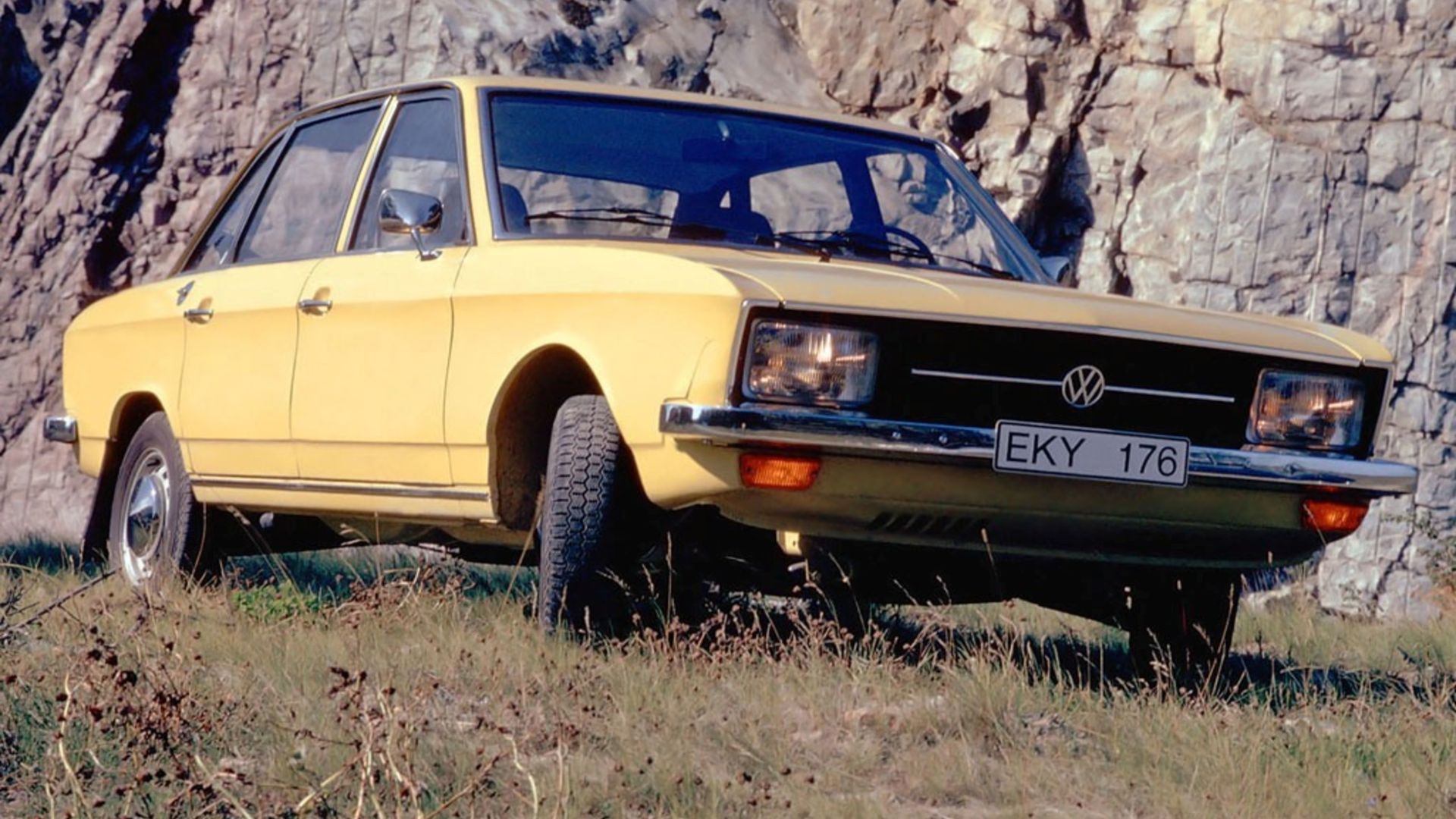
One of those came with Volkswagen’s acquisition of NSU, makers of the little Prinz and the radical rotary-engined Ro80 executive saloon. Sitting between these two was a yet-to-be launched modern, front-wheel-drive saloon. Crisply styled and glassy, it was a vast improvement on the 411, if far from as gaze-freezingly handsome as the futuristic Ro80, whose design legacy is still seen in Audi saloons today.
Nevertheless, an eager VW took this NSU design over, relabelled it the Volkswagen K70 (pictured above) and optimistically built a new factory capable of making it at the rate of 500 cars per day.
Like many hastily conceived plans in the motor industry, though, the K70 soon hit problems. It was expensive to build, sharing almost no parts with other cars in the group, expensive to buy for the same reason and rust-prone. That slowed sales, as did VW’s activities within other parts of its empire.
When it bought Audi in the mid-1960s, it was simply to get its hands on another factory to build Beetles, because it couldn’t keep up with demand. Audi’s small 60 saloon continued to be made, but product development director Ludwig Kraus was instructed to halt new model development.
But he disobeyed, developing a new saloon in secret. It was eventually revealed to VW’s management, who got over their shock and annoyance to approve what became the 1969 Audi 100. That car was a big hit, and would eventually keep a money-losing Volkswagen afloat. Yet it also seriously undermined the appeal of the less-than-stylish K70 that came a year later, giving VW yet another failure.
The Beetle bugs VW
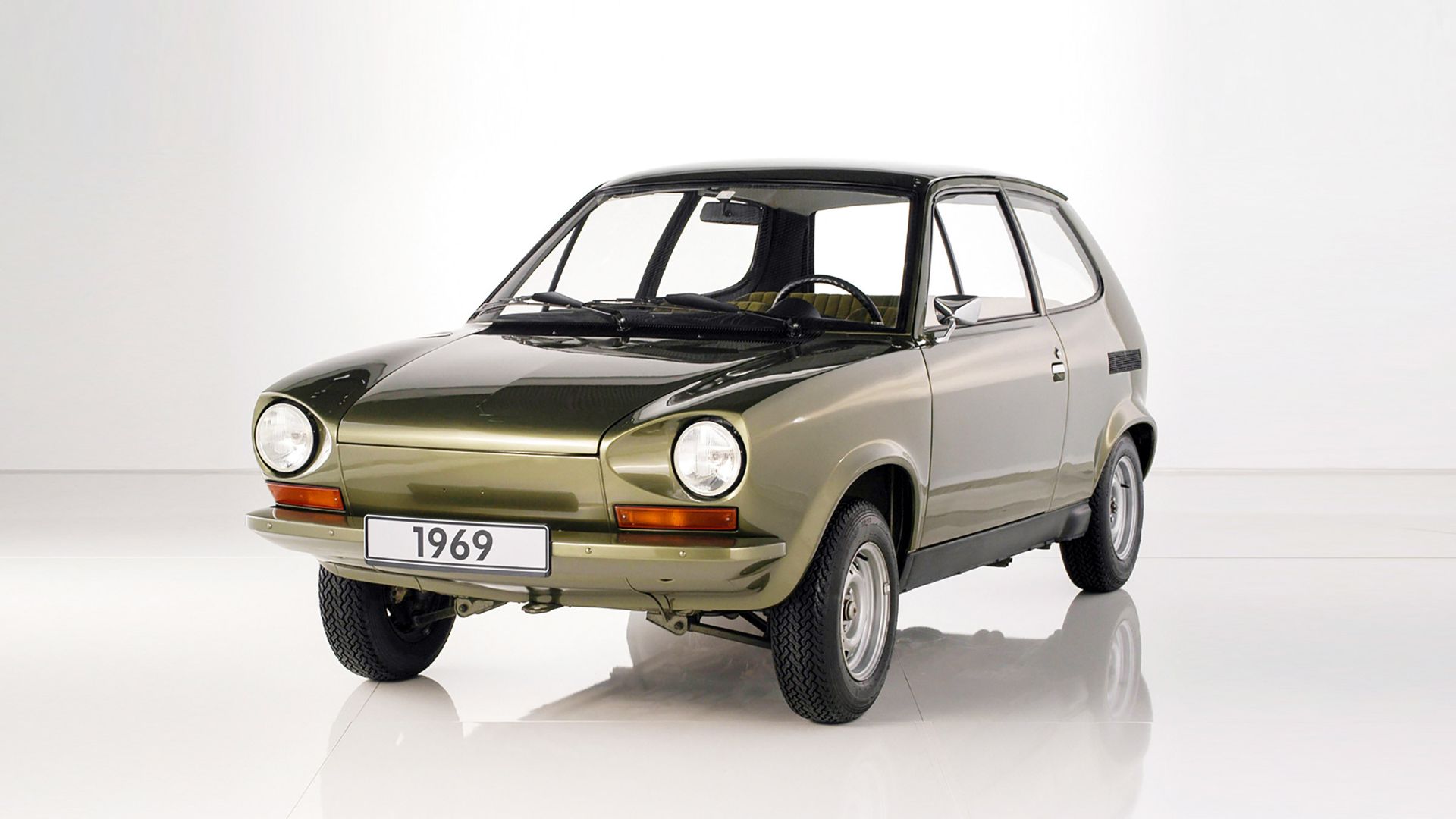
If the K70 was a piece of misfiring opportunism, the EA266 prototype (above) was the company’s main attempt to properly replace the Beetle. In fact, it was developed mostly by Porsche, whose engineers produced a hatchback with a water-cooled four-cylinder engine that lay flat beneath the rear seats, to drive a gearbox and differential behind it.
In effect, this was a mid-engined hatchback, and development again advanced to the point of tooling being ordered. But despite its sporty layout and Porsche parentage, EA266 apparently had handling issues, besides continuously perfuming its cabin with oily engine vapours via an access panel beneath a rear seat that was expected to get progressively grubbier as mechanics removed it to service the engine.
Nevertheless, EA266 was part of a major management review of VW’s new model plans in May 1969, along with a new front-wheel-drive hatchback from Audi, its four-cylinder engine mounted longitudinally, and a similar prototype from VW with its front wheels propelled by a Beetle engine.
It was this car, codenamed EA235, that would eventually lead to the VW Golf: the Beetle’s real successor. A variation of it, codenamed EA276, can be found in Volkswagen’s museum.
Enter the Volkswagen Golf
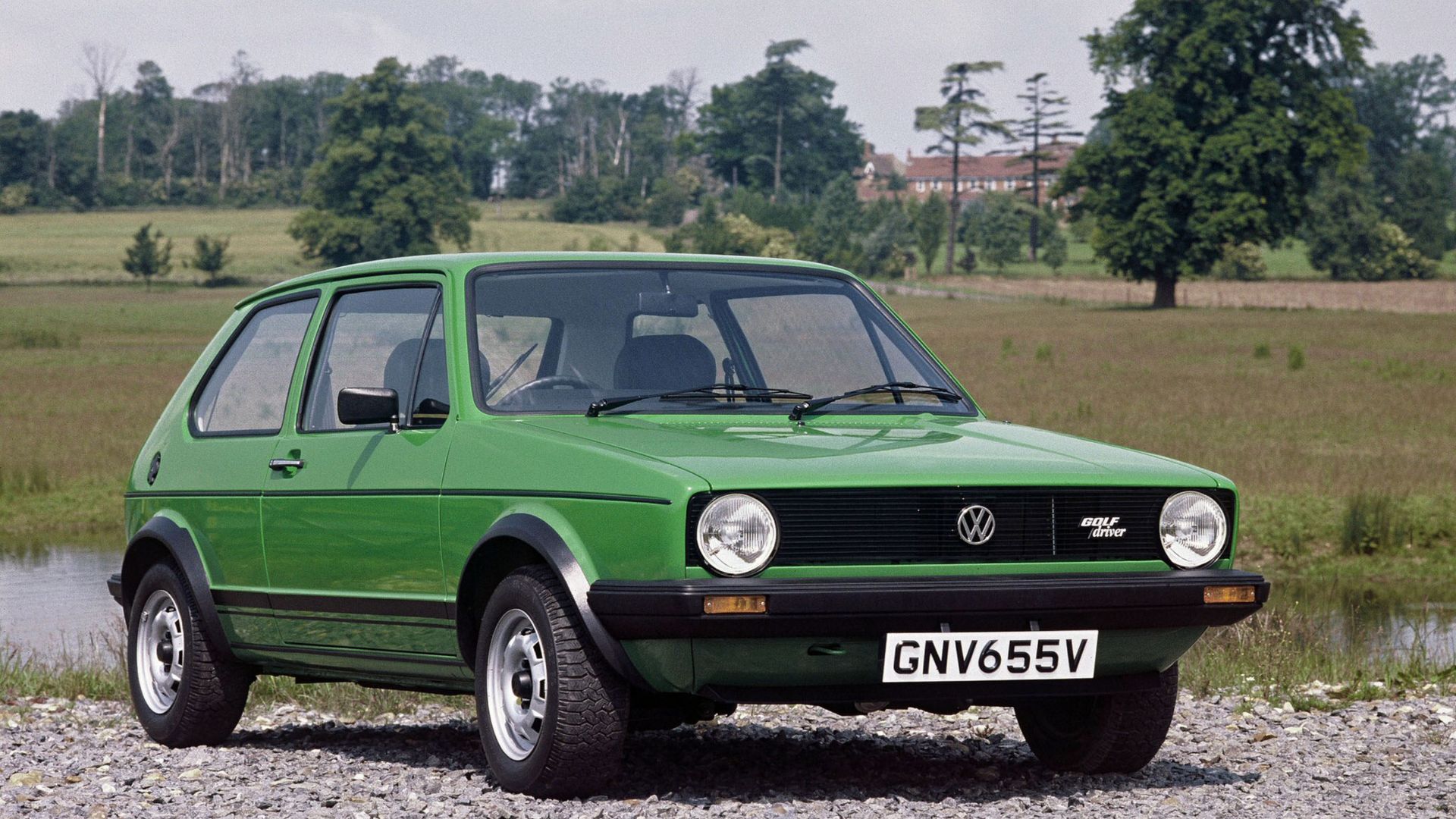
Neither prototype was a beauty, but one of VW boss Lotz’s best decisions during his brief and troubled career at the helm was to instruct Giorgetto Giugiaro’s ItalDesign to style the car that would become the Golf.
It was released in 1974, at the end of seven troubled years that had produced one of the ugliest family cars of the 1960s in the 411, had proved the riskiness of opportunism with the K70 and, ultimately, threatened the very existence of Volkswagen itself.
And that’s without including all the abandoned prototypes built between 1952 and 1967, as VW began its long and painful quest for a successor when the post-war Beetle was only seven years old.
Today, many of us can count our lives out in Golfs, with VW now building the eighth version of this car since 1974. And this sprawling, multi-brand group is a long way from being dependent on only one model, the mighty Golf being one of a number of big-sellers.
There is a footnote here. For decades, the original Beetle was moribund. It was still produced in South America for an increasingly diminishing market, but eventually faded away for good in 2003.
Then came the craze for nostalgia, one arguably accelerated by Volkswagen, which showed a ‘modern’ version of the original Beetle in 1994, called Concept One. The world swooned and production for the Californian-designed concept car was approved.
1998: the Beetle is back
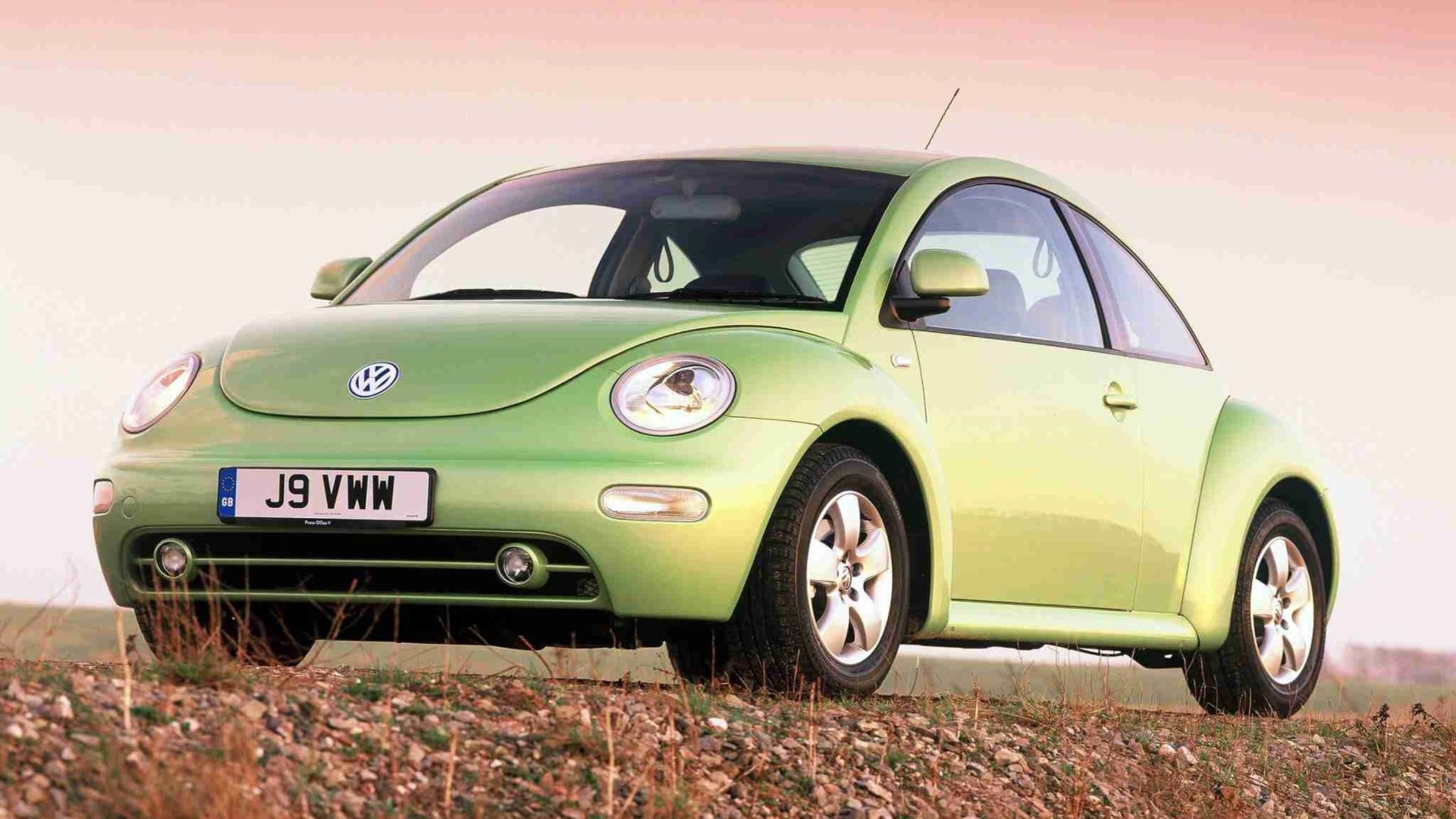
The New Beetle was introduced in 1998. Ironically, it was based on the platform of the car that sealed its fate back in the 1970s, the Volkswagen Golf, but this did ensure that it drove well.
Built in Mexico, it was shamelessly retro, taking the original cues of the Beetle – the separate wings, round headlamps and tail lamps, rounded roofline and chunky running boards – and exaggerating them with cartoon-like emphasis.
The interior was retro-inspired, too. This meant packaging was dreadful, with a tiny boot and cramped rear seats, but few at the time seemed to mind, because it looked so bold. It even came with a flower vase on the dashboard.
2011: New Beetle take two
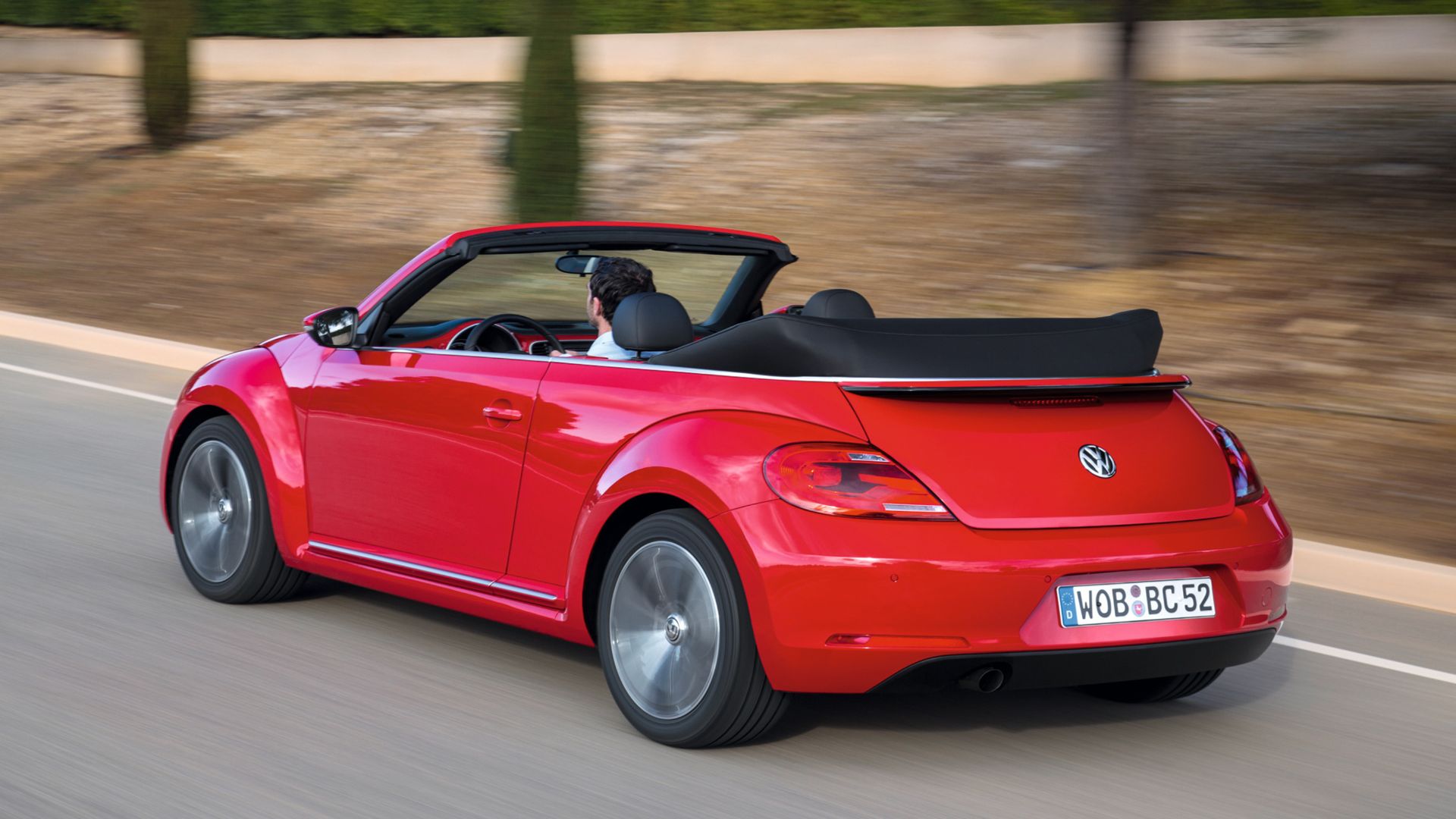
Sales clearly convinced Volkswagen it was worth replacing. An all-new car arrived in 2011, with more of a fastback profile to the roofline and a more sophisticated and practical interior – but still clearly a Beetle.
As with the original New Beetle, this second retro recreation also came in convertible guise, and was later offered with a tiny 1.2-litre petrol engine – the smallest since the original model ceased production. Luckily, it was turbocharged, so wasn’t quite as lethargic as the 1960s models…
Yet sales of this second remake never quite took off. It seemed the world had moved on; a retro Beetle was nice as a passing fad, but it didn’t seem to have staying power.
Rumours had thus circulated for years that this model would be the final Beetle – its second coming would come to an end. On September 13 2018, it was confirmed.
The final Beetle was produced again, 21 years after it returned from the great scrapyard in the sky. The last model off the line went to VW’s heritage collection to sit alongside the previous final Beetle.
This time it feel like goodbye for good. But the Volkswagen Beetle story has been an interesting one, for sure.
ALSO READ:
How a broken Volkswagen camper created an iconic dog toy



[…] Volkswagen Beetle: how VW tried and failed to replace it […]
[…] those days are long gone. It didn’t help that the Beetle was a case of form over function; the interior was cramped, cargo space was limited, and while it was pretty to look at, it’s price tag wasn’t. Volkswagen would try again in 2011 […]